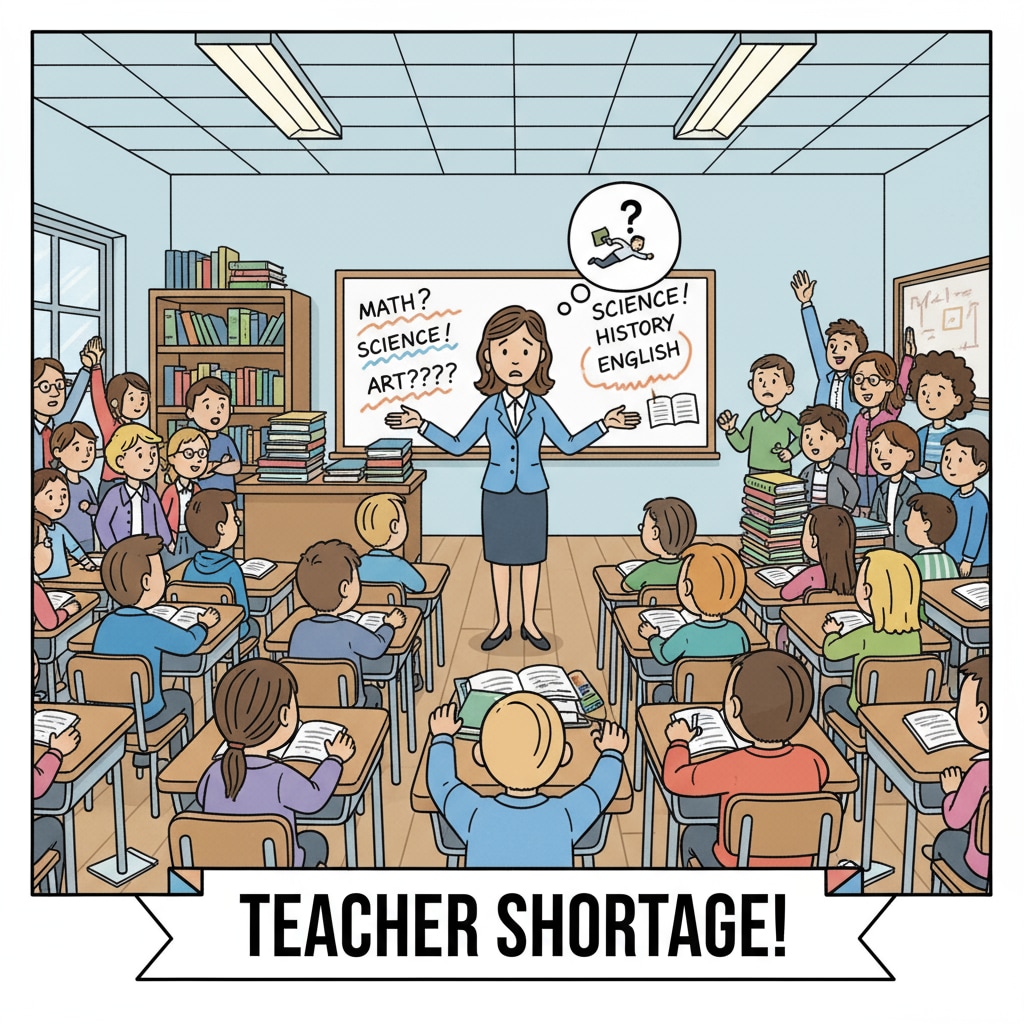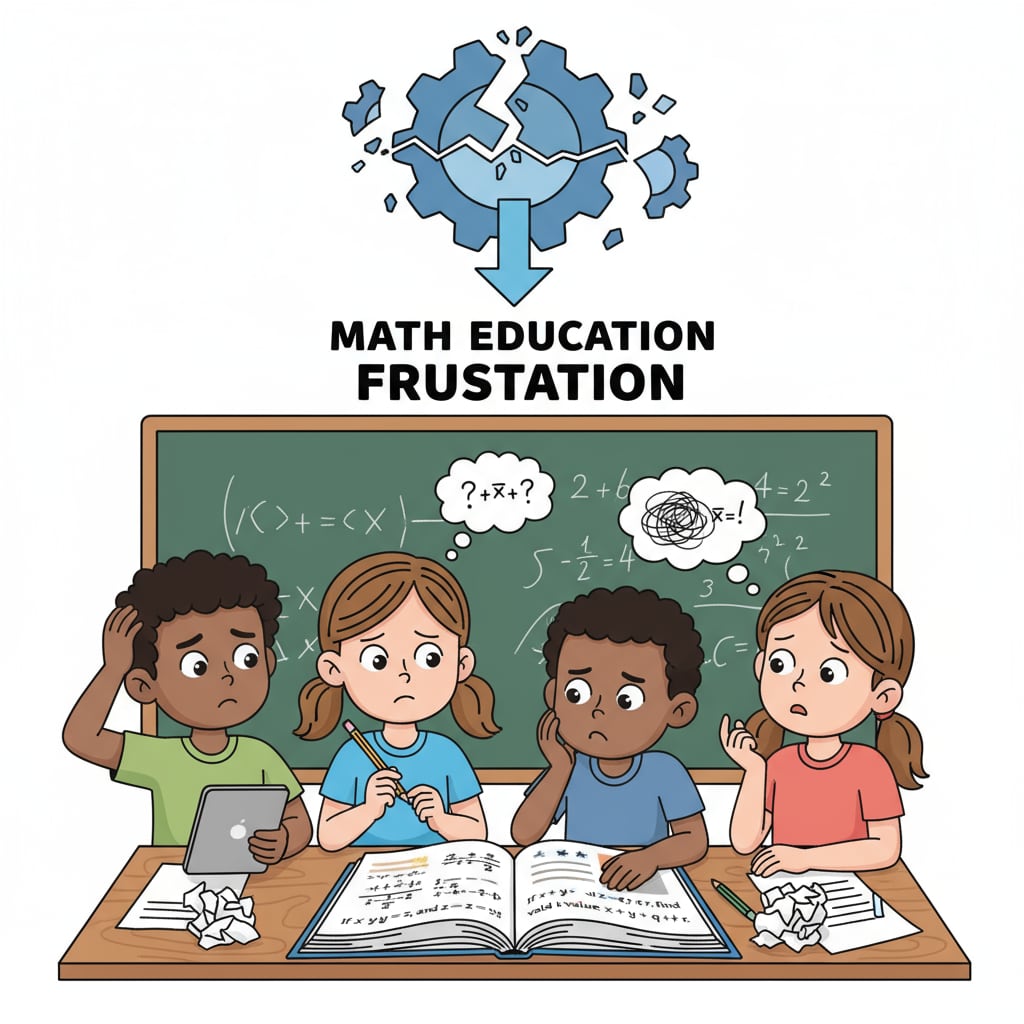The issues of teacher shortages, student tracking, and mathematics education are intertwined in the current educational landscape. The high-risk student tracking system has a significant impact on both the availability of teachers and the quality of math education. This article aims to delve into these relationships and propose possible solutions.

The Link Between Student Tracking and Teacher Shortages
Student tracking, which involves categorizing students based on their academic performance or potential, can lead to an uneven distribution of teaching resources. For example, in many schools, more experienced and highly qualified teachers are often assigned to higher-track classes. As a result, lower-track classes, which often include high-risk students, may be left with less experienced or overburdened teachers. This not only affects the quality of education for these students but also contributes to teacher burnout. Teachers in these challenging environments may be more likely to leave the profession, exacerbating the teacher shortage problem. According to the National Education Association, the increasing demands and lack of support in teaching high-risk students are major factors driving teachers away.
The Impact on Mathematics Education
Early student tracking can have a detrimental effect on mathematics education. When students are prematurely sorted into different tracks, those in lower tracks may receive a diluted curriculum. They may be exposed to less challenging math content, which limits their potential for growth. For instance, research from Education Week shows that students in lower math tracks often fall behind their peers in higher tracks in terms of mathematical proficiency. This early分流 can also damage students’ confidence in their mathematical abilities, making it even more difficult for them to catch up later. Moreover, the lack of qualified math teachers in lower-track classes further hinders the learning process.

In conclusion, the high-risk student tracking system is clearly contributing to both the teacher shortage and the mathematics education crisis. To address these issues, schools and policymakers need to reevaluate this system. They could consider more flexible tracking methods that allow students to move between tracks based on their progress. Additionally, providing more support and professional development opportunities for teachers who work with high-risk students can help retain them in the profession. By taking these steps, we can hope to break the cycle and improve the quality of mathematics education for all students.
Readability guidance: The article uses short paragraphs to present ideas clearly. Each H2 section has a list-like structure to summarize key points. The proportion of passive voice and long sentences is controlled, and transition words like “for example” and “moreover” are used to enhance the flow.


